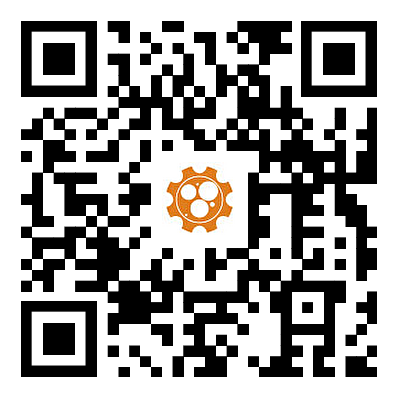What linear actuators are used in robotics?
2023-10-18
Linear actuators play a crucial role in robotics, as they are responsible for providing controlled and precise linear motion in various robotic applications. The choice of linear actuator in robotics depends on the specific requirements of the robot and the tasks it needs to perform. Here are some common types of linear actuators used in robotics:
1. Electric Screw Actuators: Electric screw actuators are popular in robotics because they provide precise and controlled linear motion. They are often used for applications that require high accuracy and repeatability, such as in robotic arms and pick-and-place systems.
2. Pneumatic Actuators: Pneumatic actuators, which use compressed air to create linear motion, are commonly used in lightweight and high-speed robotic applications. They are particularly useful in applications that require rapid movements, such as in pneumatic grippers and small robotic manipulators.
3. Hydraulic Actuators: Hydraulic actuators are used in heavy-duty robotic applications that require high force and power. They are commonly found in industrial robots used for tasks like material handling and heavy-duty assembly.
4. Linear Motors: Linear motors provide high-speed and precise linear motion, making them suitable for applications in high-performance robots, CNC machines, and automation systems. They are known for their speed, accuracy, and ability to produce high accelerations.
5. Piezoelectric Actuators: Piezoelectric actuators are used in micro- and nano-robotics applications due to their high precision and ability to produce very fine linear movements. They are commonly used in applications like scanning probe microscopes and micro-manipulation tasks.
6. Belt-Driven and Chain-Driven Actuators: Belt-driven and chain-driven actuators are employed in robotic systems where speed and smooth motion are required. These actuators are often used for moving parts of robots like conveyor belts and sliding platforms.
7. Mechanical Linkage Actuators: Mechanical linkage actuators can be used in robotics for specialized applications that require specific motion profiles. They are sometimes used to create unique and complex movements in robotic limbs and end-effectors.
The choice of linear actuator in robotics depends on factors such as payload capacity, speed, precision, power requirements, and available space. Robotic systems often incorporate a combination of different types of linear actuators to achieve the desired range of motion and performance characteristics. Additionally, advancements in robotics technology continue to drive the development of new types of linear actuators designed to meet the evolving needs of robotic applications.


